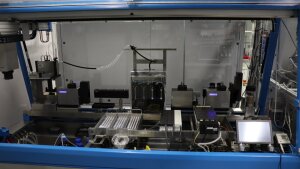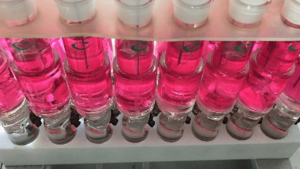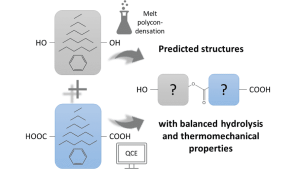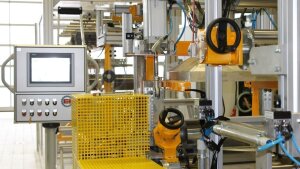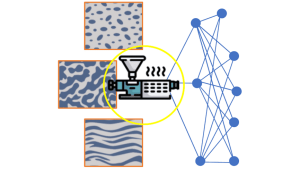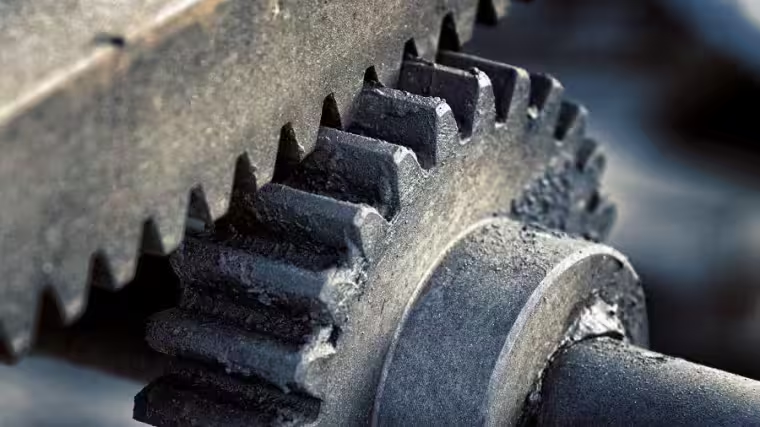
The application of computer science and robotics in polymer research is currently still very limited. However, these technologies offer enormous potential to gain a deeper scientific understanding of polymers and to identify novel combinations of properties. At the same time, the targeted development of copolymers for new applications will be significantly simplified and the speed of research can be considerably increased.
In the research training group, GRK 3040, COIN, computer science as well as robotic methods are to be developed and further optimized so that they can be applied in polymer research and particularly for copolymers. Their application will enable a targeted combination of synthesis, processing and properties of copolymers. In order to achieve this goal, expertise from the fields of synthesis, analytics, polymer chemistry, theoretical chemistry, engineering, computer science and robotics are combined.
This goal is being pursued in 7 subprojects within COIN, which are divided into four areas:
- Area A – Synthesis: This area focuses on the application of modern synthesis methods, in particular robotics, to understand the synthesis of copolymers in detail.
- Area B – Characterization and properties: The focus is on the properties of copolymers and their investigation.
- Area C – Processing and application: The processing of copolymers using different methods provides important information on the influence of the conditions on the properties of the materials.
- Area Q – Crossectional area: One project focuses on the application of large language models for the investigation of copolymers.
